On August 2, nearly 700,000 people in the Okinawa archipelago, a famous tourist destination in Japan, were advised to evacuate as typhoon Khanun approached the islands in the southwest of the country, bringing strong winds and heavy rain.
According to the Japan Meteorological Agency (JMA), Typhoon Khanun, described as a "very strong" storm, was moving northwest at 10km/h. Television images showed strong winds toppling cars in some parking lots. Rain poured down on deserted streets, while trees shook violently. Some locations in Okinawa recorded wind gusts of nearly 200km/h on the morning of August 2 and more than 250mm of rain in the past 24 hours, according to the JMA.
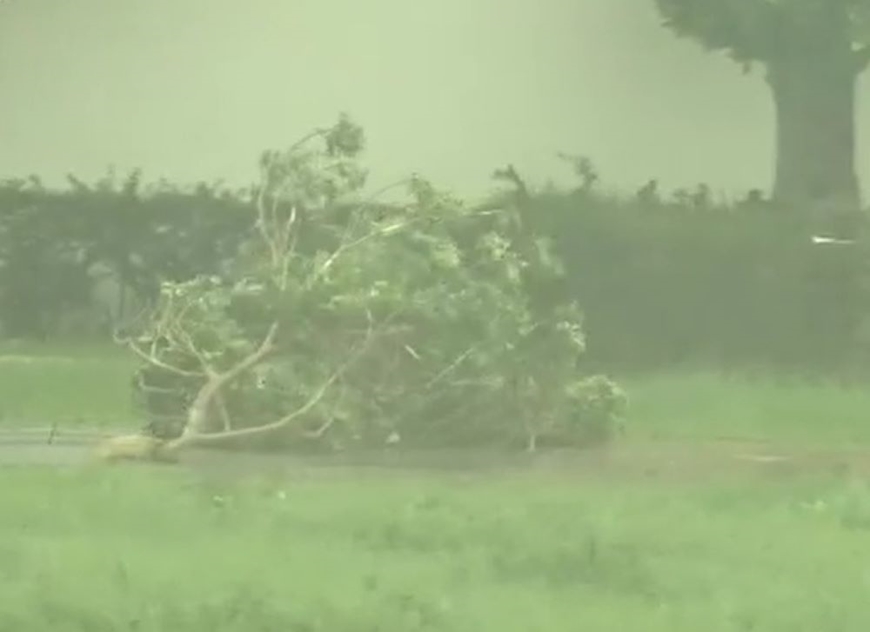 |
Strong winds from Typhoon Khanun uprooted trees in Okinawa Prefecture (Japan). Photo: thanhnien.vn |
Typhoon Khanun has also begun to affect the power system in Okinawa. The Okinawa Electric Power Company said that due to the impact of the typhoon, about 210 households, or nearly 34% of the total households connected to the grid, lost power. Telephone and internet connections in some areas were interrupted due to the power outage. Many other service providers such as prefectural government offices, post offices , express delivery, grocery stores, and drug stores were forced to close.
Meanwhile, Kyushu Electric Power Company said power supply to 10,030 households on Amami Island in Kagoshima Prefecture, north of Okinawa, was also cut.
In Naha, the capital of Okinawa, the airport remained completely closed on August 2. According to NHK television, more than 400 flights were canceled on the morning of August 2, with at least 65,000 passengers affected. The Japanese Ministry of Transport said a total of 951 flights were canceled on August 1 and 2, while 35 ferry routes were suspended.
Japanese media reported one person was killed and 11 injured by the storm. Authorities said the victim was a 90-year-old man who was buried under a collapsed garage.
Typhoon Khanun hit during the peak summer tourist season, when Japan was seeing visitor numbers return to pre-Covid-19 levels. Okinawa prefecture is regularly hit by typhoons, but usually later in the year.
VNA
*Please visit the International section to see related news and articles.
Source


![[Photo] Binh Trieu 1 Bridge has been completed, raised by 1.1m, and will open to traffic at the end of November.](https://vphoto.vietnam.vn/thumb/1200x675/vietnam/resource/IMAGE/2025/10/2/a6549e2a3b5848a1ba76a1ded6141fae)





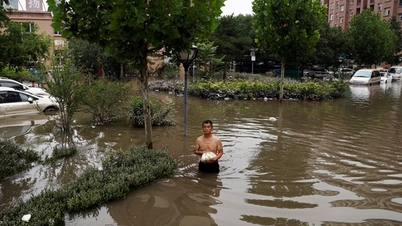



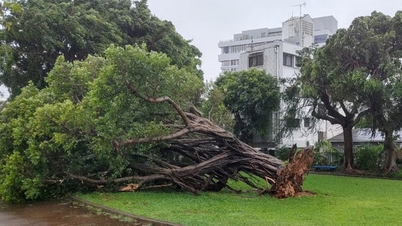


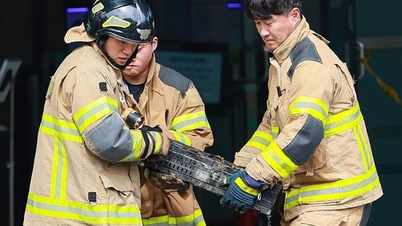





































































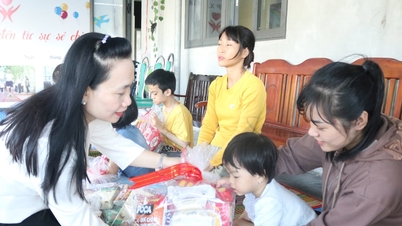














Comment (0)